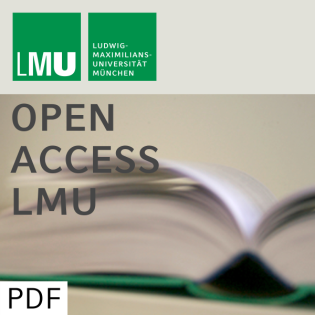
A PAUC-based Estimation Technique for Disease Classification and Biomarker Selection.
Beschreibung
vor 13 Jahren
The partial area under the receiver operating characteristic curve
(PAUC) is a well-established performance measure to evaluate
biomarker combinations for disease classification. Because the PAUC
is defined as the area under the ROC curve within a restricted
interval of false positive rates, it enables practitioners to
quantify sensitivity rates within pre-specified specificity ranges.
This issue is of considerable importance for the development of
medical screening tests. Although many authors have highlighted the
importance of PAUC, there exist only few methods that use the PAUC
as an objective function for finding optimal combinations of
biomarkers. In this paper, we introduce a boosting method for
deriving marker combinations that is explicitly based on the PAUC
criterion. The proposed method can be applied in high-dimensional
settings where the number of biomarkers exceeds the number of
observations. Additionally, the proposed method incorporates a
recently proposed variable selection technique (stability
selection) that results in sparse prediction rules incorporating
only those biomarkers that make relevant contributions to
predicting the outcome of interest. Using both simulated data and
real data, we demonstrate that our method performs well with
respect to both variable selection and prediction accuracy.
Specifically, if the focus is on a limited range of specificity
values, the new method results in better predictions than other
established techniques for disease classification.
(PAUC) is a well-established performance measure to evaluate
biomarker combinations for disease classification. Because the PAUC
is defined as the area under the ROC curve within a restricted
interval of false positive rates, it enables practitioners to
quantify sensitivity rates within pre-specified specificity ranges.
This issue is of considerable importance for the development of
medical screening tests. Although many authors have highlighted the
importance of PAUC, there exist only few methods that use the PAUC
as an objective function for finding optimal combinations of
biomarkers. In this paper, we introduce a boosting method for
deriving marker combinations that is explicitly based on the PAUC
criterion. The proposed method can be applied in high-dimensional
settings where the number of biomarkers exceeds the number of
observations. Additionally, the proposed method incorporates a
recently proposed variable selection technique (stability
selection) that results in sparse prediction rules incorporating
only those biomarkers that make relevant contributions to
predicting the outcome of interest. Using both simulated data and
real data, we demonstrate that our method performs well with
respect to both variable selection and prediction accuracy.
Specifically, if the focus is on a limited range of specificity
values, the new method results in better predictions than other
established techniques for disease classification.
Weitere Episoden



vor 12 Jahren
In Podcasts werben






Kommentare (0)